Daigenta is a very popular area about 15 minutes by car from Echigo Yuzawa Station, with many opportunities to casually enjoy the area's bountiful nature and camping in summer. In the winter it transforms into a serene, silver-white world laden with lots of snow, perfect for snowshoeing. There is a tour where you can easily enjoy snowshoeing and soba (buckwheat noodle) making, using local buckwheat flour from Yuzawa!
You will receive snowshoes in Daigenta Kobo Workshop Carpark, where the guide will meet you, and together you will head to the snowshoe area. It will take about 1 hour and 30 minutes to walk approximately 3 km, but mostly it is flat through the woods, suitable for beginners.
It's best to wear skiwear or snowboard wear if possible, though it depends on the season and weather. A light jacket will do in springtime, but beware that it often suddenly gets cold. Make sure to have a cap, sunglasses and gloves handy and keep your luggage to the bare minimum. If necessary, get a rucksack so you'll have both hands free.
The guide will tell you about snowballs that form on slopes, or shelves of branches bears create on trees as you bump into them, and also let you have a break every now and then.
As we walked a while, we passed a spot with a beautiful tunnel of trees covered in snow. It felt so wonderful we couldn't help but smile.
When we walked in other spots with different trees, the atmosphere and air began to feel different. If you walk without talking, you may even feel you can hear the usually inaudible sound of air, and feel the steps you make may also sound different.
The field of view opened up as we walked toward a river nearby. The sound of the stream was so pleasant to the ear.
When we walked up a slope half way through the tour, we came into an open space and arrived at the final spot, a huge snow field. It was only a little further back to the Taiken Kobo Daigenta parking lot where we started.
Walking through a huge snow field feels absolutely wonderful. Looking back, gave us a magnificent view of Mt. Daigenta, also known as the Matterhorn of Joetsu.
We returned the snowshoes and moved onto soba making. We washed our hands, put on the apron provided and got ourselves ready. We used the 100% local, Yuzawa-grown buckwheat flour that's said to be sweet and flavorful, to make 20%-wheat and 80%-buckwheat soba.
We mixed the buckwheat flour using seaweed, and kneaded the flour to make dough.
We then flattened the round buckwheat dough with a rolling pin until it got thin and large. We got some guidance, but there's definitely an art to it.
The rolled dough is now folded and we chop them into noodles with a knife.
The chopping board has to be well floured or chopping won't go so well. There's a support plate that has to be moved carefully to keep the width of the noodles even, but it's very difficult.
Removing excess flour, we put the noodles in a tray, making rows. The widths of the noodles are a little uneven, but "it looks like soba after all (laugh)," thank goodness!
Finally, we had the soba cooked, the fruit of our hard work, and tried it with freshly fried tempura!
It was fun enough to just watch, but when we had a first slurp to see how it tasted…
Yum!!!
It may have been because we were hungry after the snowshoeing, but our first soba-making experience was fantastic. If you aren't sure of yourself, you can just eat handmade soba without making it yourself, but it is really best to experience eating the soba you crafted with your own hands.
Snowshoeing in Daigenta and soba-making experience
・Date: Until April 1, 2018 (excluding Wednesdays)
・Number of participants: 8 Maximum (2 Minimum)
・Tour fee: 5,000 yen per person if 3 or more, 6,000 yen per person if 2
*Tour fee includes: rental set of snowshoes, boots and poles. Lunch (soba & tempura)
・Meeting point: 10:30 at Daigenta Kobo Workshop Carpark.
・Guide: Guide will accompany when you snowshoe
![]()
[Bookings/enquiries]
Snow Country Tourism Information Center
Hours: 9:00-18:00
Phone: +81-25-785-5353
[Caution]
This itinerary may be subject to change, or even cancellation, for reasons such as natural disasters that are beyond the control of Snow Country Tourism Information Center and the guide.
Photo & text : Tomohiro Watanabe
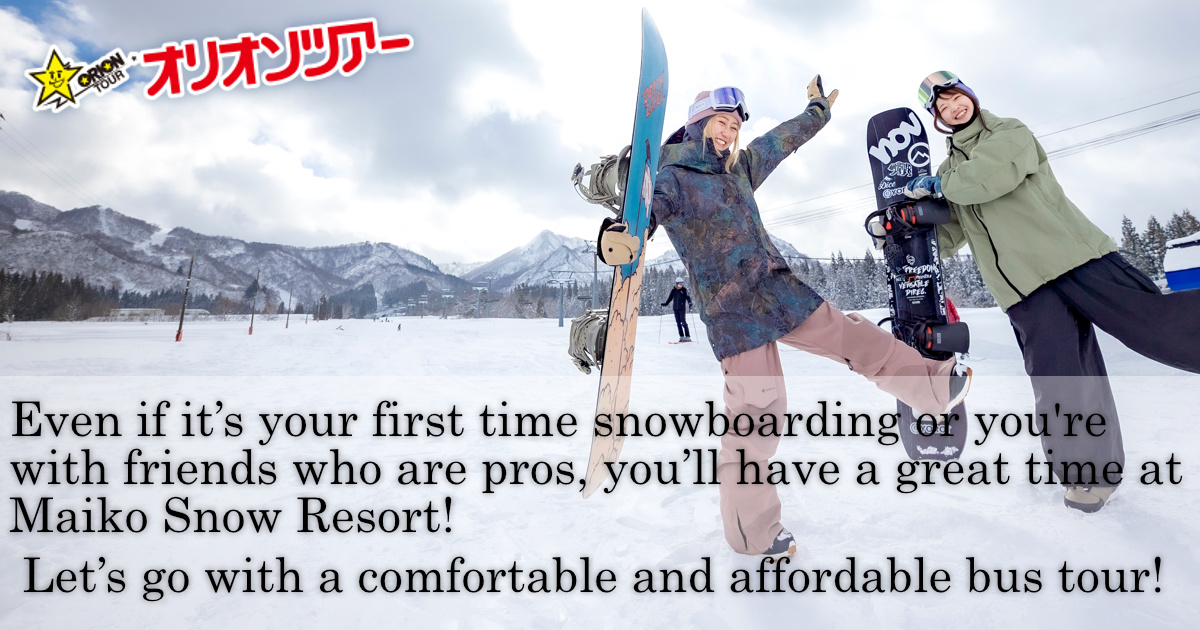



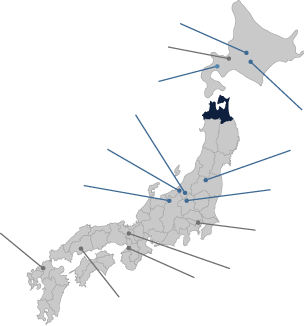
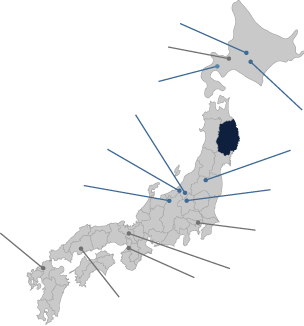
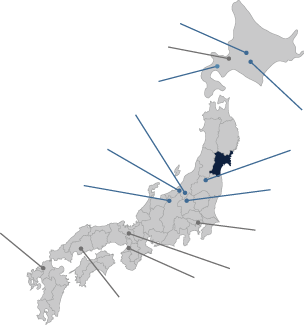
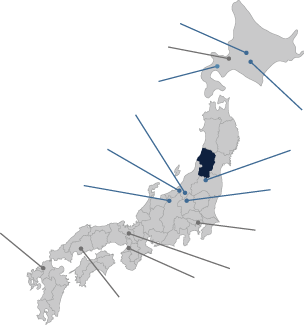

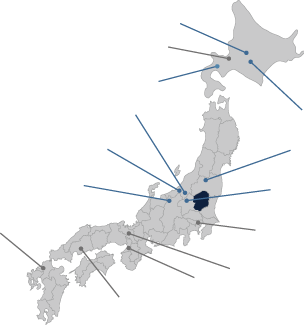
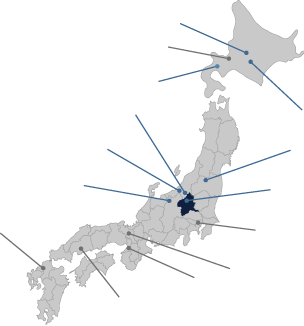
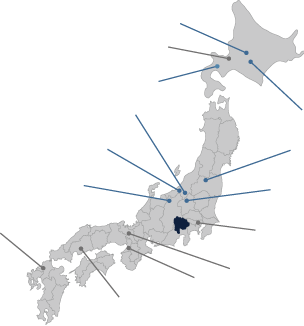
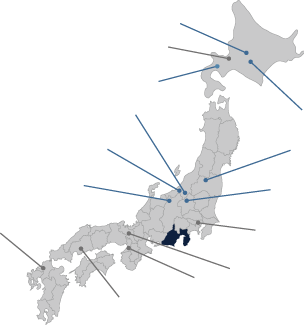

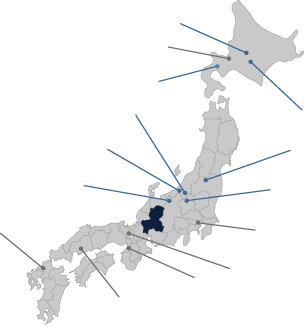
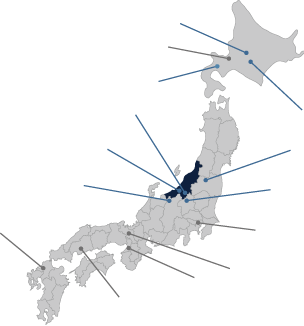
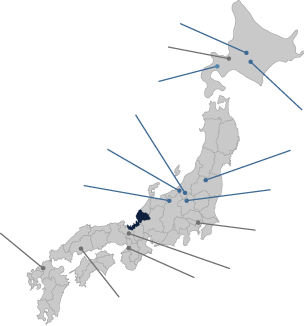


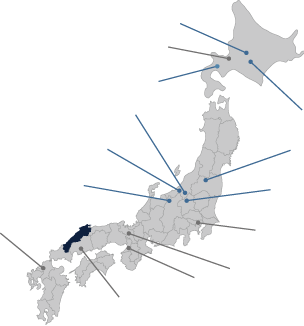
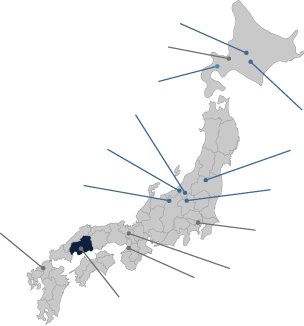
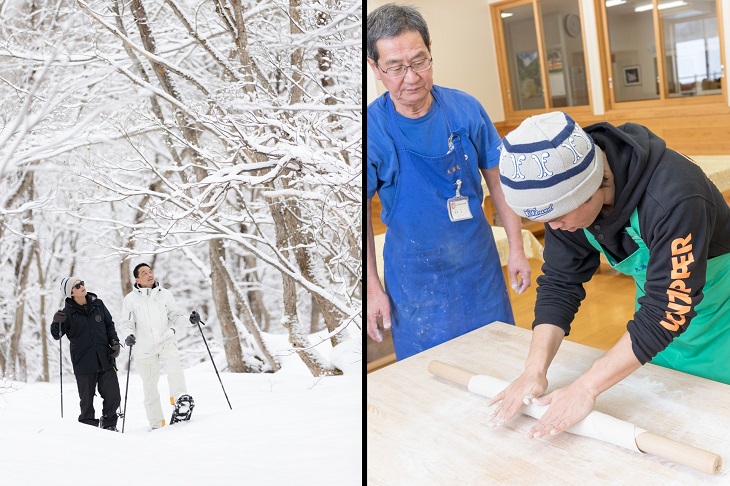

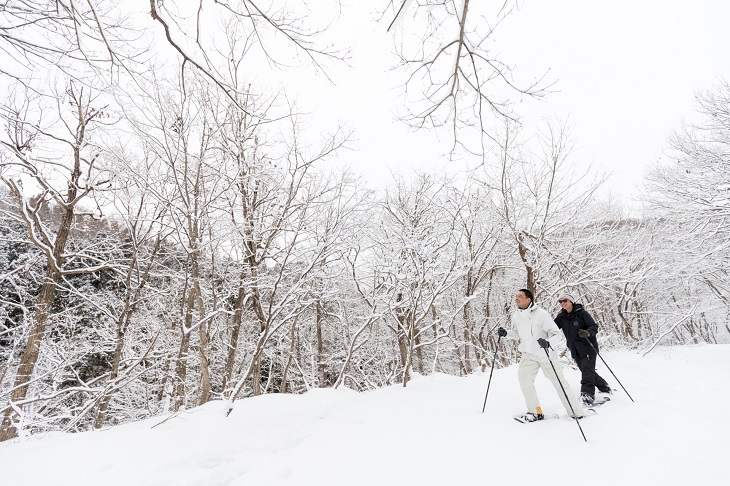
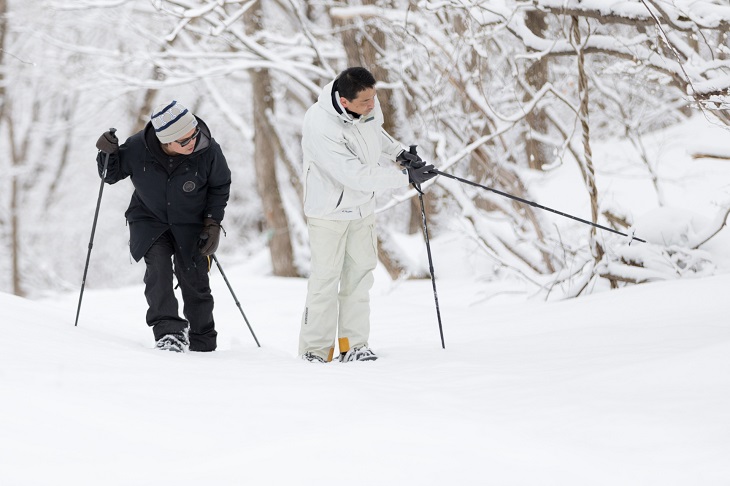
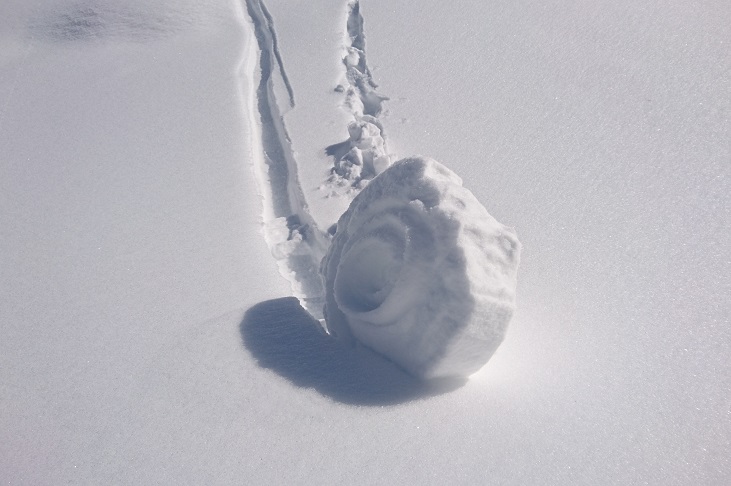
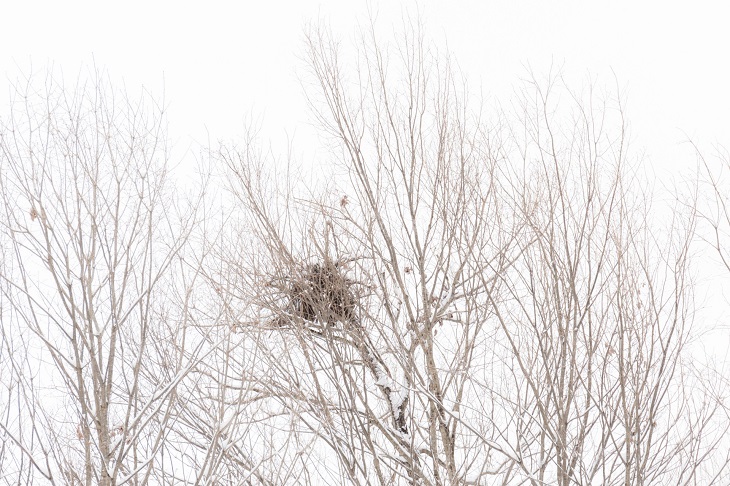
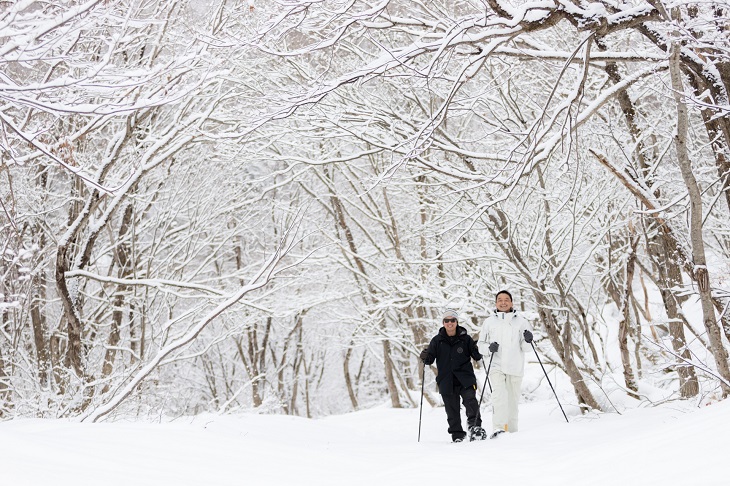


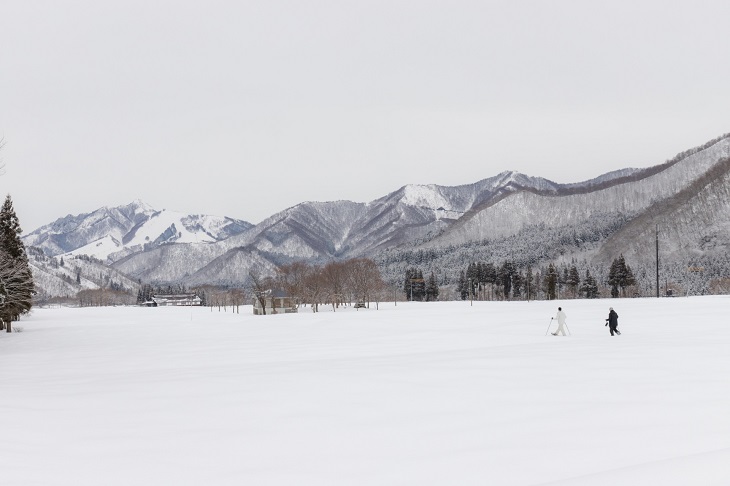

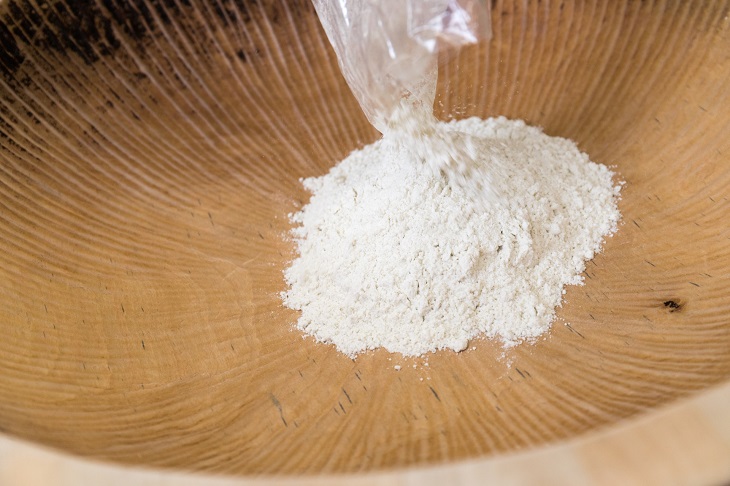
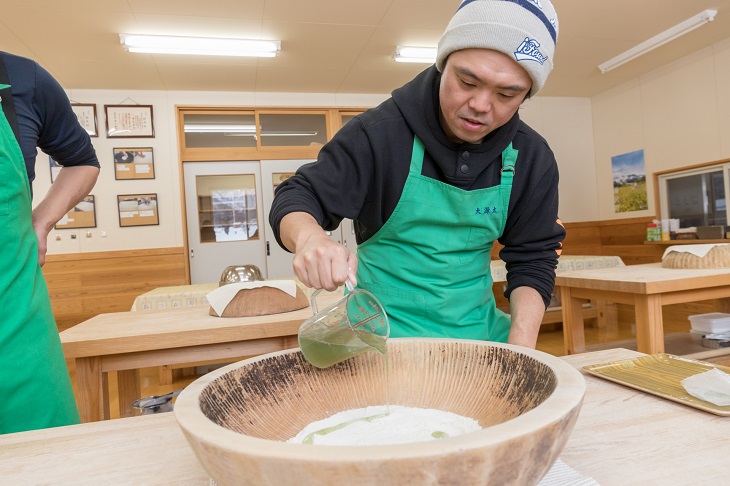
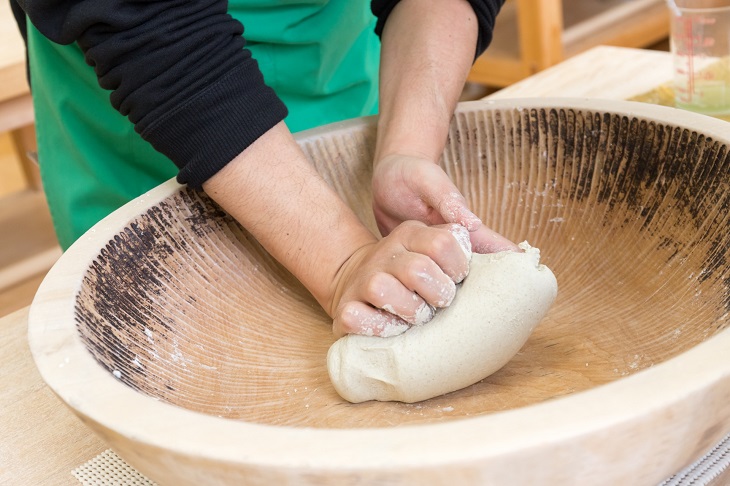
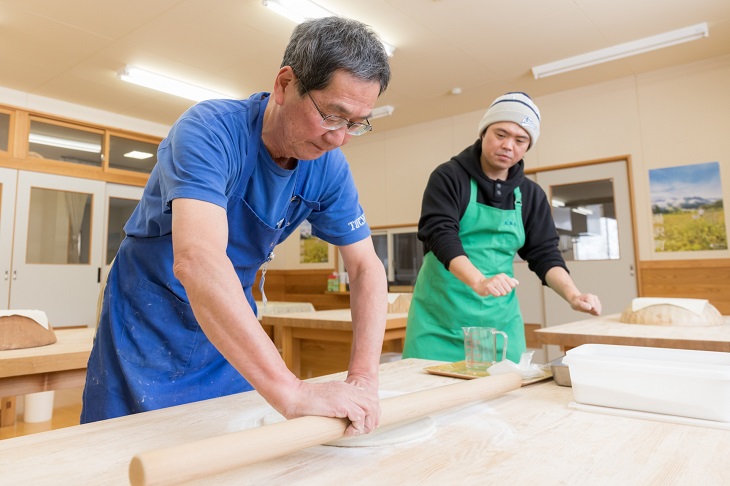
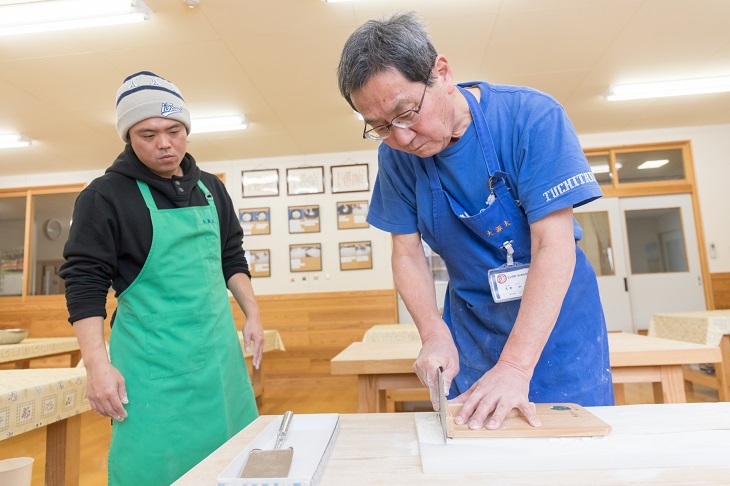
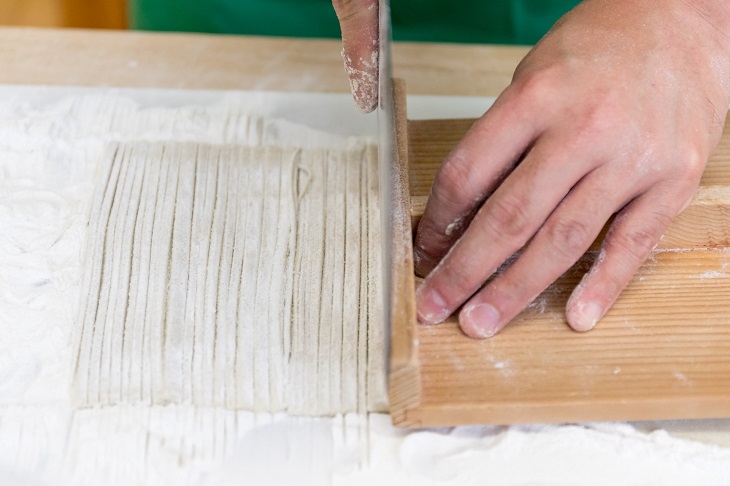
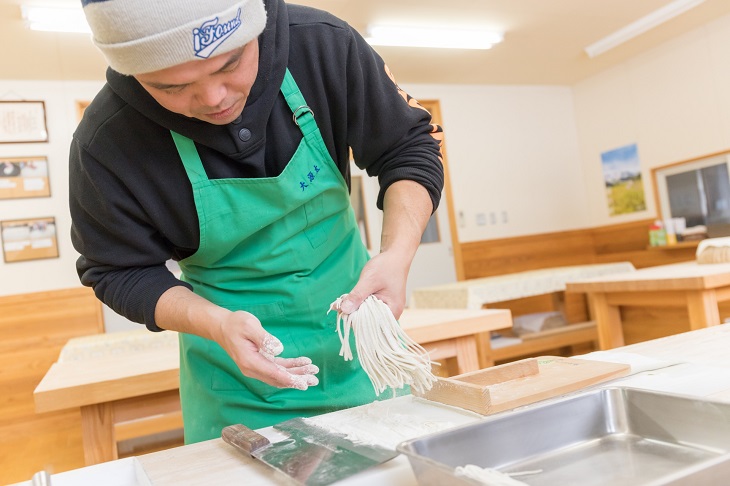



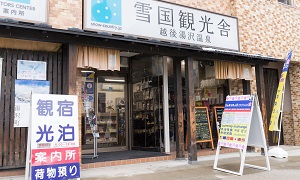







![カービングターン[SNOWBOARD編]](/realimg_report/36/ogimg.jpg)
![バックカントリーにチャレンジしてみよう![SKI&SNOWBOARD編]](/realimg_report/28/ogimg.jpg)


